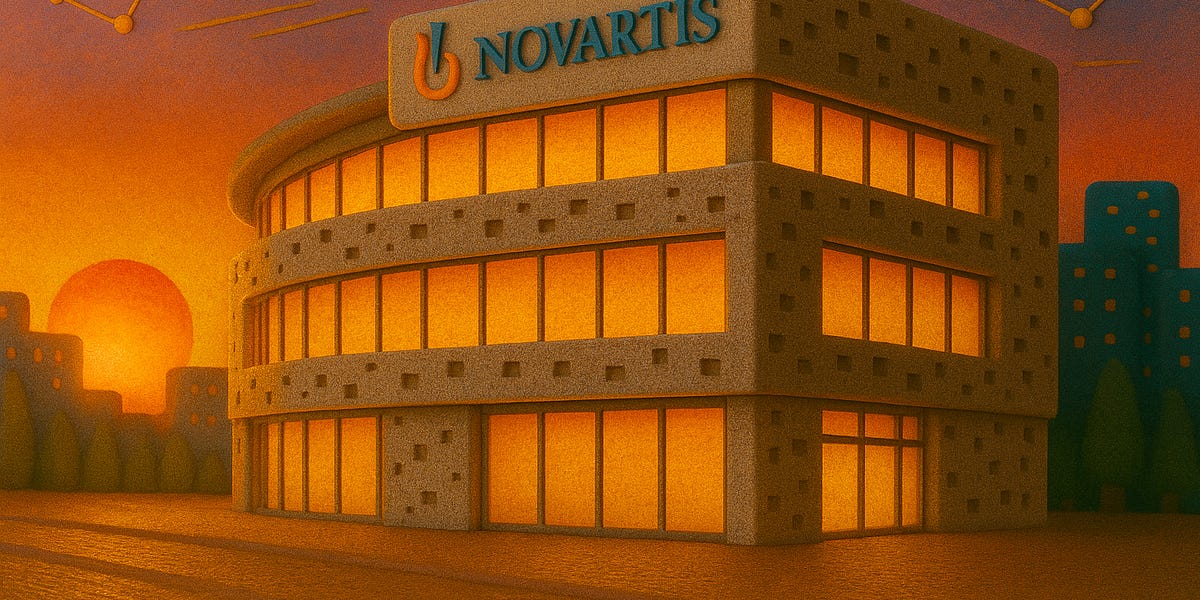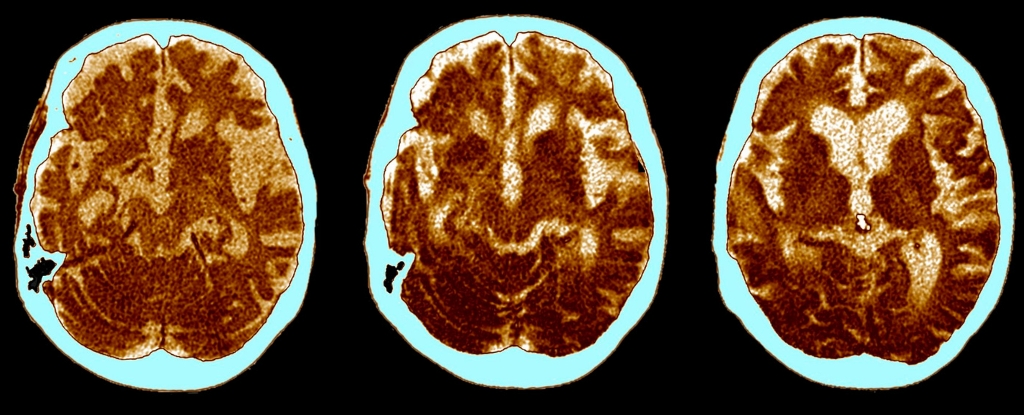
The Giant Asterisk to MAHA's Food-Dye Crackdown
Last month, America’s top health officials gathered in downtown Washington for an ice-cream party. Health and Human Services Secretary Robert F. Kennedy Jr.—joined by Secretary of Agriculture Brooke Rollins—hunched over a cooler and served himself a scoop. Off to the side, FDA Commissioner Marty Makary licked a cone. There was a reason to celebrate: The dairy industry, like many of America’s largest food makers, had acquiesced to the “Make America Healthy Again” movement’s crackdown on synthetic food dyes. The International Dairy Foods Association, a lobbying group, announced that more than 40 major ice-cream companies would begin phasing out several dyes that RFK Jr. has blamed for a slew of chronic-health problems, especially in children. “I’m very grateful for this industry for stepping up,” Kennedy told onlookers.
By the end of 2027, Hershey’s birthday-cake ice cream won’t have Yellow 5 or Red 40, nor will its “blue moon” flavor have Blue 1. But your ice cream might still come with one particular artificial food dye: titanium dioxide, a chemical that turns food white and isn’t included in the International Dairy Foods Association’s “Ice Cream Commitment.” (Yes, the milk in ice cream already is white to begin with, but titanium dioxide helps keep some ice cream with added ingredients from looking like the muddied leftover milk in a bowl of cereal.) Titanium dioxide is added to many other foods, too, including salad dressings, low-fat milks, and soups. So far, the chemical seems to be largely surviving the food-dye purge. Many companies—including Kraft Heinz and General Mills—don’t mention titanium dioxide in their promises to replace similar dyes. (Neither company responded to multiple requests for comment.)


















